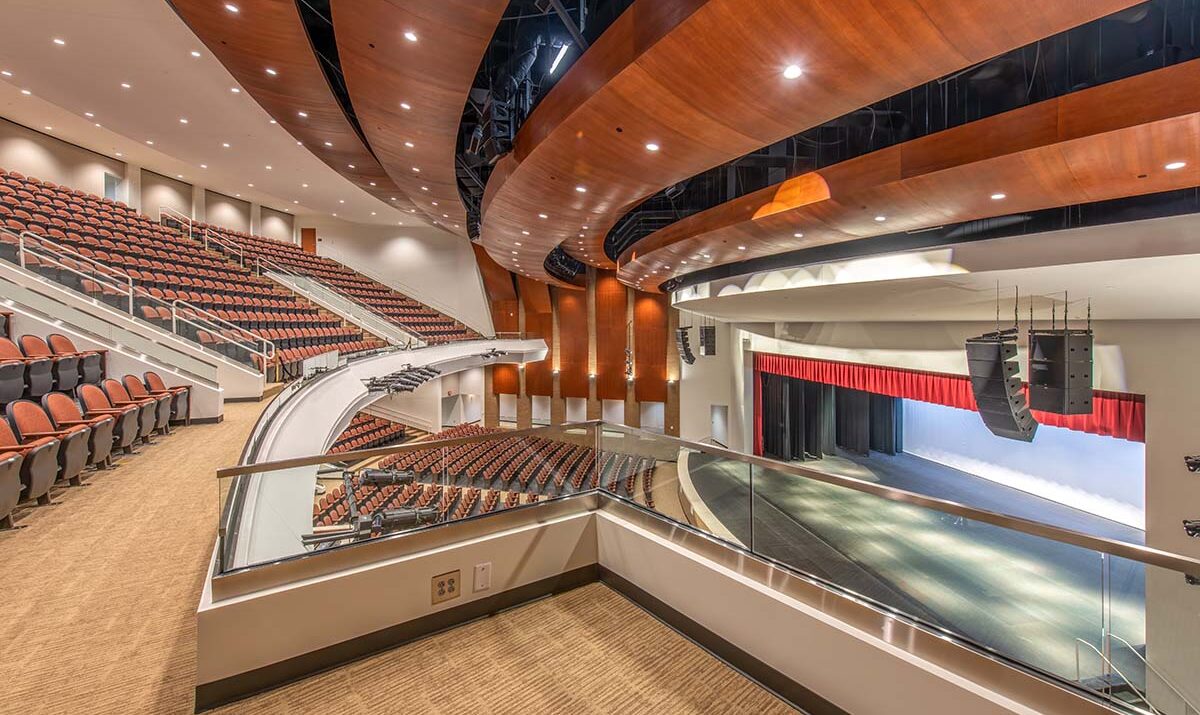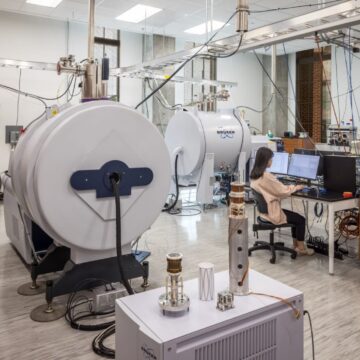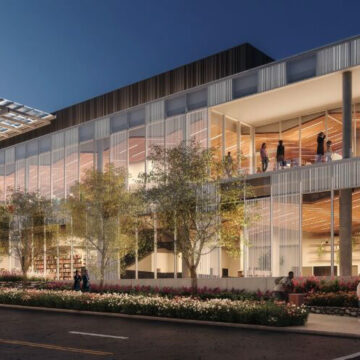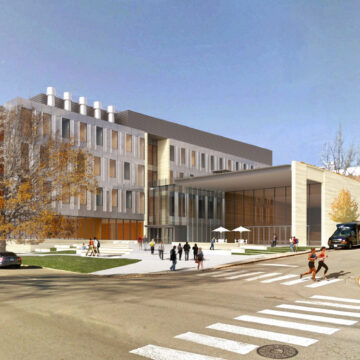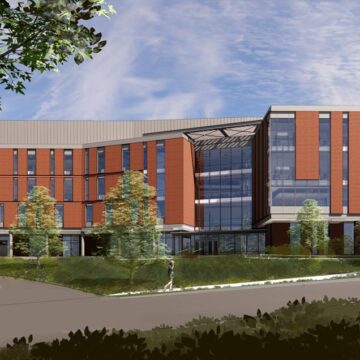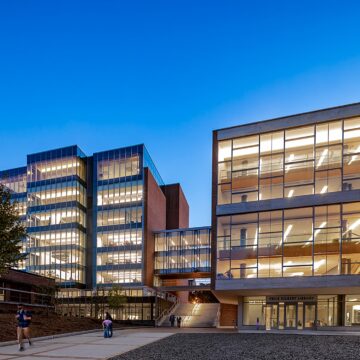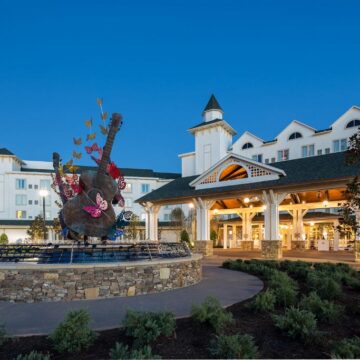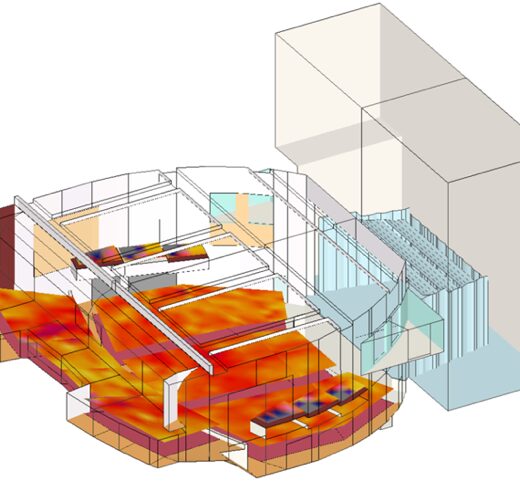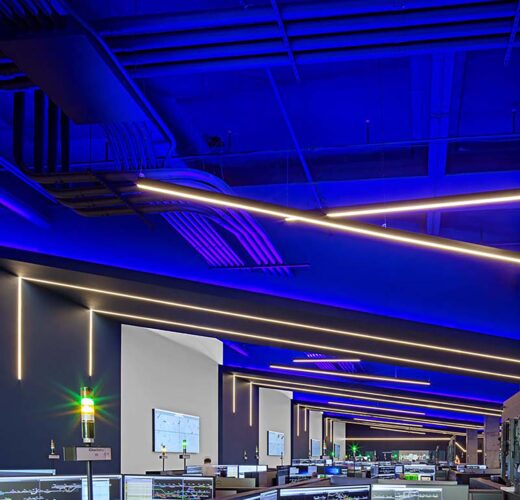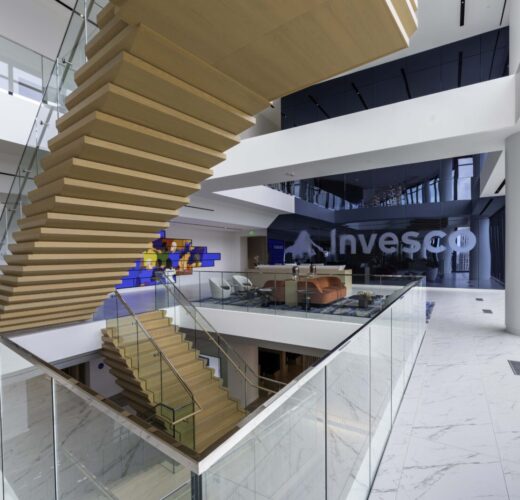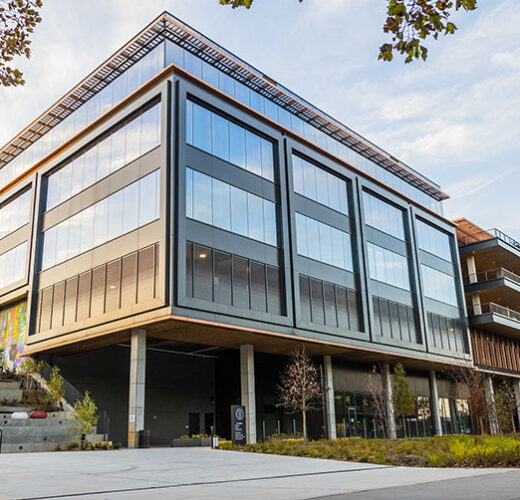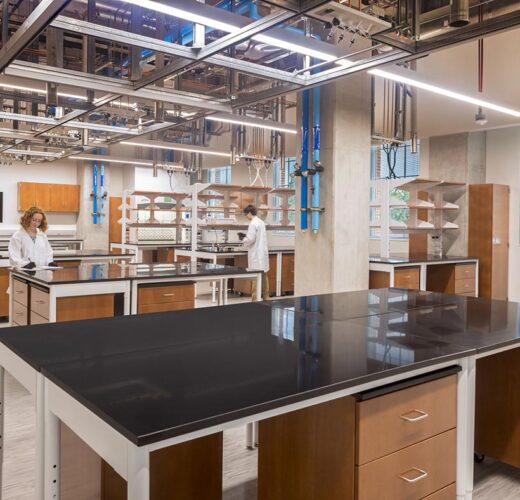Integrating our engineering and consulting services across markets
We combine efficiency, technology, and artistry to shape skylines and build a better future.
Forsyth County Arts and Learning Center Acoustics
Forsyth County Arts and Learning Center features acoustics and noise control, with an 1,800 seat auditorium and versatile facilities.
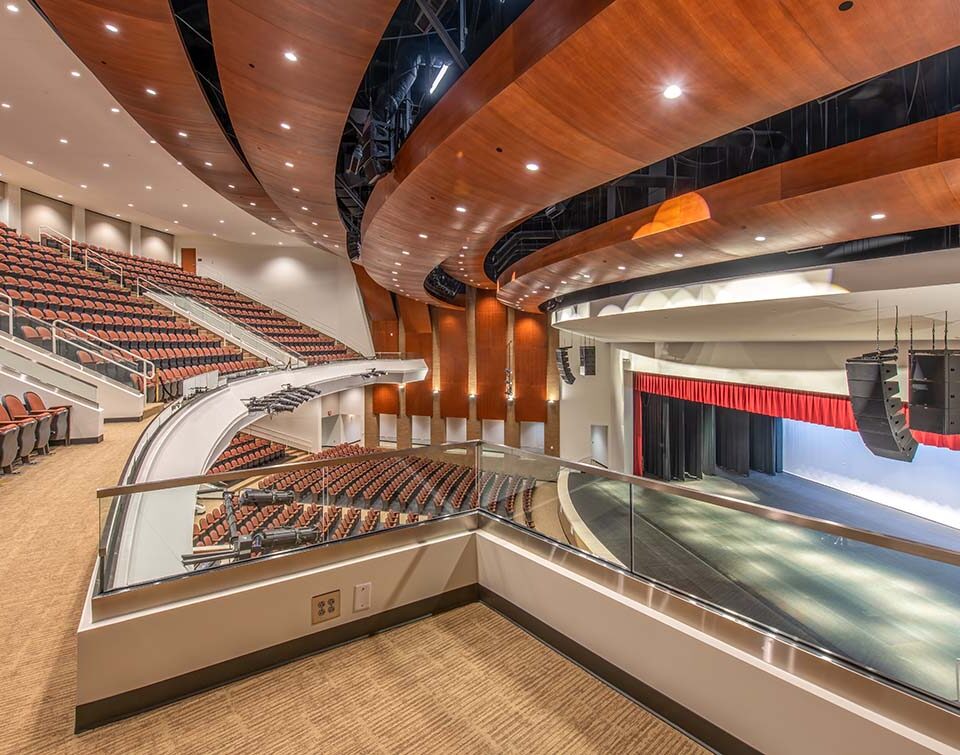
View all markets
View all services
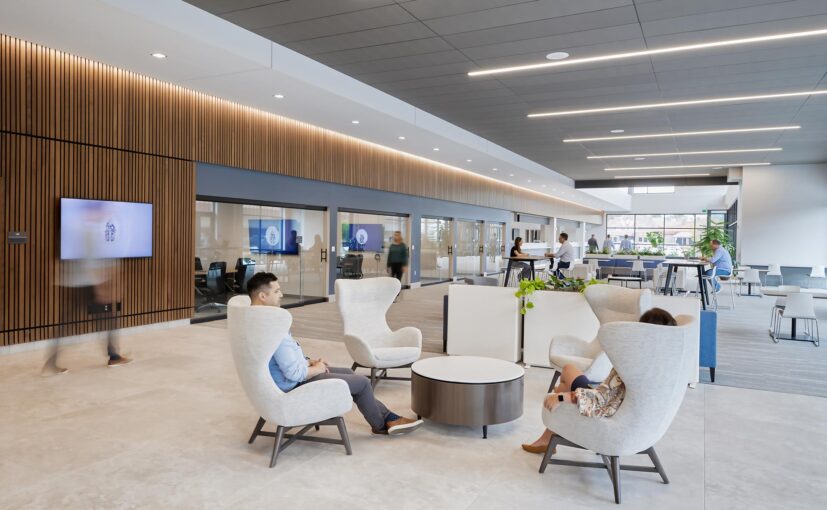
Whether your project requires sound isolation infrastructure or a design that will carry notes to the back row, our acoustics team has the technology and experience to meet your needs.
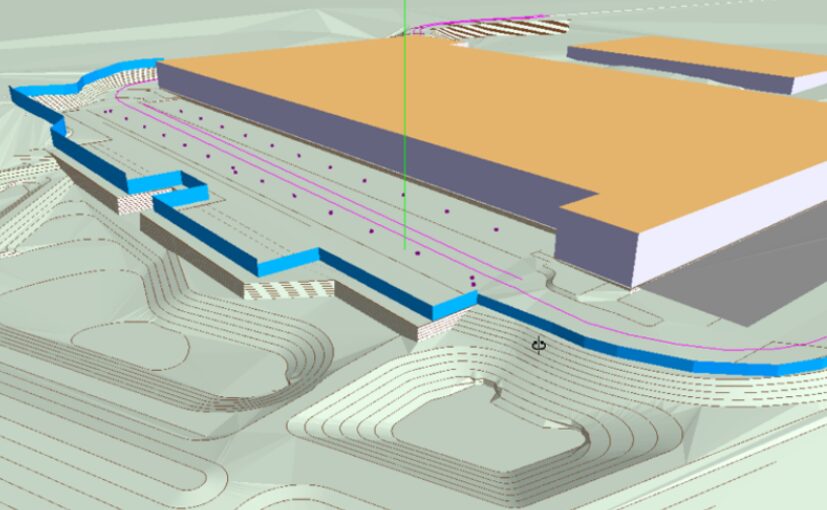
The Newcomb & Boyd difference
Our acoustics team measures success by way of client satisfaction. We listen to you and work to turn your needs into actionable acoustical goals.
From there, our team applies evidenced-based design, field testing and modeling, and expert analysis of structural vibrations to provide deliverables that are easy to read and implement.
We are partners with the entire design team. Our collaborative design approach focuses on integrating acoustical solutions in practical ways into the many disciplines encompassed, including architecture, interior design, audio-visual, mechanical, electrical, plumbing, fire protection, structural, and civil engineering.
Through effective collaboration and thoughtful design, we shape environments that enhance perception and performance.
View acoustics projects
Contact us

Brandon Westergaard, INCE-USA
Associate Principal

John Garretson, INCE-USA
Senior Associate
What we’re working on
Check out the latest cutting-edge techniques we use every day to bring our projects to life.
